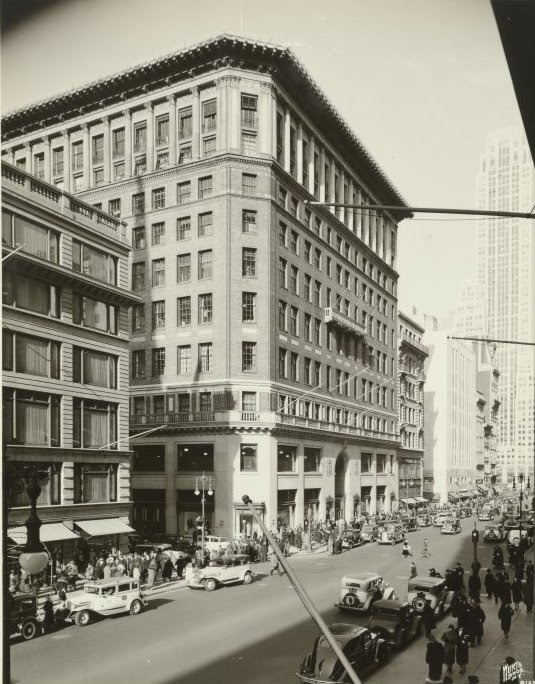The Slow Death of Retail

Lord & Taylor Building, Icon of New York Retail, to Become WeWork Headquarters:
From the moment it opened its doors more than a century ago, the Lord & Taylor building on Fifth Avenue in Manhattan has stood as an icon of old-school retail.
Its Italian Renaissance design, complete with grand entrance arch and copper cornice, was a 676,000-square-foot temple to commerce — and was named a city landmark a decade ago.
But after Christmas next year, less than a quarter of its space will be home to Lord & Taylor’s flagship store. Instead, the retailer said on Tuesday, the Midtown Manhattan fixture will become the new global headquarters of WeWork, the seven-year-old office space start-up. Lord & Taylor will rent the bottom floors, redesigning them into a smaller version of its department store.
In selling its flagship building to a WeWork joint venture for $850 million, Lord & Taylor and its parent, the Hudson’s Bay Company, are bowing to pressures that have increasingly weighed on the retail industry. It is an acknowledgment that even the grand physical shopping spaces of old can now fetch higher values as offices catering to millennial workers.
Earlier this month my wife and I were in New Jersey for my sister’s wedding and we took a day trip into Manhattan. I noticed a significant number of empty retail spaces all over the city — many more empty spaces then when we moved out in 2012.
The state of retail seems very polarized. You’re either Apple commanding $5,546 per square foot or you’re folding.